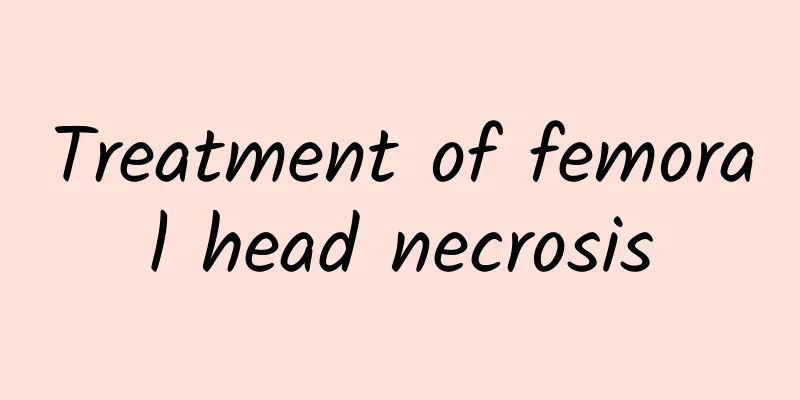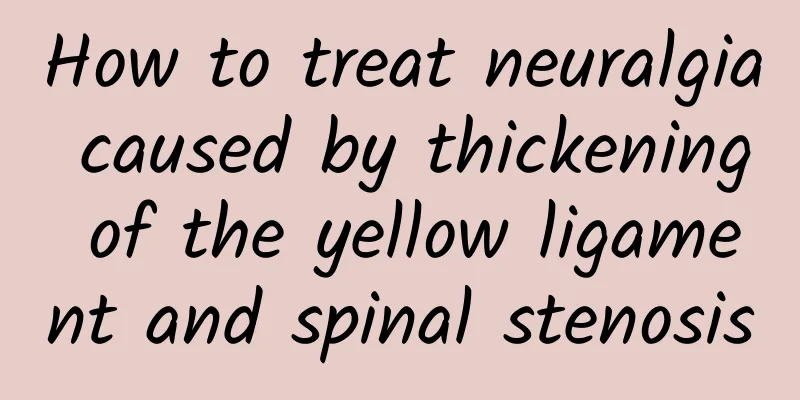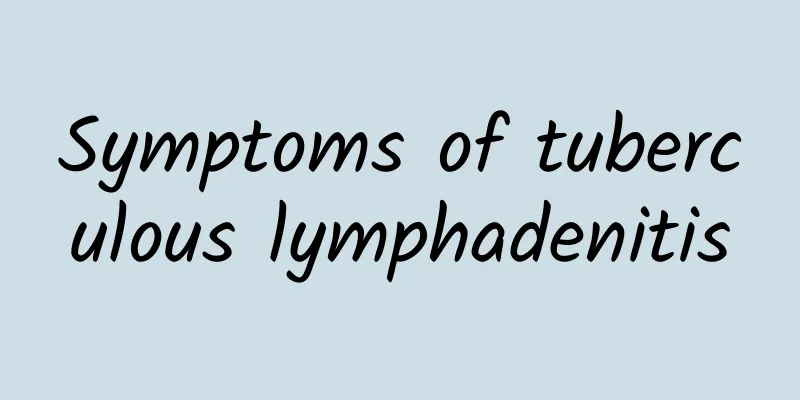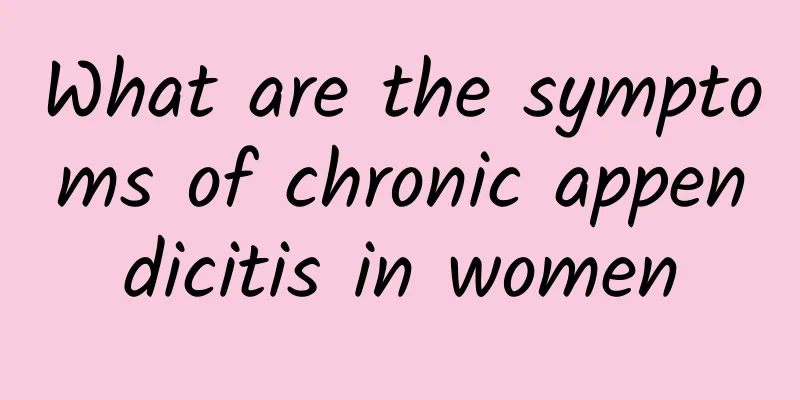Treatment of femoral head necrosis

|
The treatment of femoral head necrosis needs to vary from person to person, including comprehensive means such as drug therapy, surgical treatment and rehabilitation training. Scientific selection and strict compliance with doctor's advice can effectively improve the condition and improve the quality of life. 1) Drug treatment Drug treatment is an important method for early femoral head necrosis, and its main purpose is to improve blood circulation, reduce inflammation and pain, and promote bone repair. For example: -NSAIDs (such as ibuprofen), which reduce inflammation and pain. -Bisphosphonates, such as alendronate, can slow bone resorption and improve bone density. - Vasodilators (such as prostaglandin E1 drugs) help increase local blood flow. Drug treatment must be carried out under the guidance of a regular doctor, and the dosage should be adjusted based on regular review of the efficacy. 2) Surgical treatment Mid- to late-stage femoral head necrosis usually requires surgical intervention. Depending on the severity of the disease, you can choose the following three methods: -Core decompression: Drilling reduces intra-articular pressure and promotes new blood vessel formation. It is suitable for cases of partial necrosis of the femoral head. - Osteotomy: Improves load distribution at the damaged part by adjusting the femoral morphology, used for mid-term patients. -Total hip replacement (artificial joint replacement): Suitable for patients with complete collapse of the femoral head and severe pain in the late stage, this surgery can significantly improve the quality of life. Strictly adhering to a rehabilitation plan after surgery can help maximize functional recovery. 3) Rehabilitation training Rehabilitation therapy is an important means of coordination after surgery or medication, including exercise and assistive device support: -Joint function training: such as non-weight-bearing, low-intensity swimming pool exercise, helps restore joint mobility. -Physical therapy: Low-frequency electrotherapy, ultrasonic therapy, etc. are often used to promote local circulation. -Life protection measures: avoid weight bearing, standing for too long, and use crutches or walkers to reduce hip joint pressure. At the same time, maintaining a healthy diet and increasing the intake of protein, calcium and vitamin D can help promote bone repair. Scientific treatment and rehabilitation measures are crucial for the treatment of femoral head necrosis. In the face of this disease, no matter at which stage of the disease, you need to seek help from a professional doctor in time. Developing healthy living habits and actively avoiding joint injuries can prevent the disease from worsening and improve the quality of life to a certain extent. |
<<: How to detect costal cartilage fracture
>>: What are the symptoms and dangers of varicose veins?
Recommend
Does anal atresia require lifelong treatment?
Anal atresia is a rare congenital digestive tract...
Clinical manifestations of cholecystitis
The clinical manifestations of cholecystitis incl...
What is thyroid tumor?
Thyroid adenoma is a mass formed by abnormal grow...
What to do with ulcerative proctitis
How to treat ulcerative proctitis? 1. For a commo...
Clinical manifestations of 4-hydroxybutyric aciduria
4-Hydroxybutyric aciduria is a rare genetic metab...
What can I eat to eliminate cysts?
Cysts usually cannot be eliminated directly throu...
Can I eat beef if I have a urinary tract infection?
Urinary tract infection can be treated by eating ...
Can I eat eggs if I have breast cyst?
Patients with breast cysts can eat eggs in modera...
Can breast cysts develop into cancer?
Breast cysts generally do not develop into cancer...
How to treat osteoporosis in 30 years old
The treatment of osteoporosis in the thirties req...
What are the normal indicators of liver function?
Normal liver function indicators refer to the var...
What are the symptoms of skull fracture in newborns?
Symptoms of a skull fracture in a newborn may inc...
How long after adrenal tumor removal surgery can I eat?
After adrenal tumor removal surgery, you can gene...
Do breast cysts require surgery?
Breast cysts do not necessarily require surgery, ...
What foods should not be eaten if you have breast cysts?
Patients with breast cysts need to avoid high-fat...









